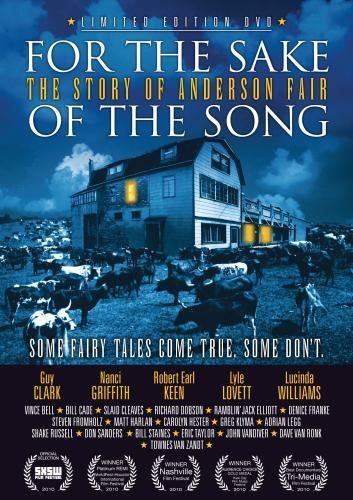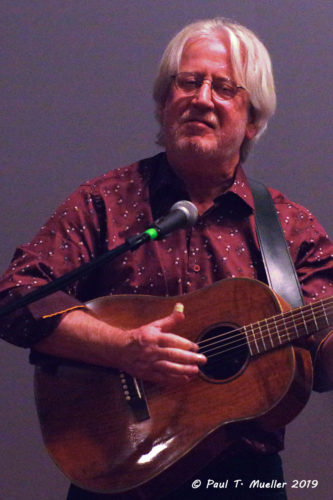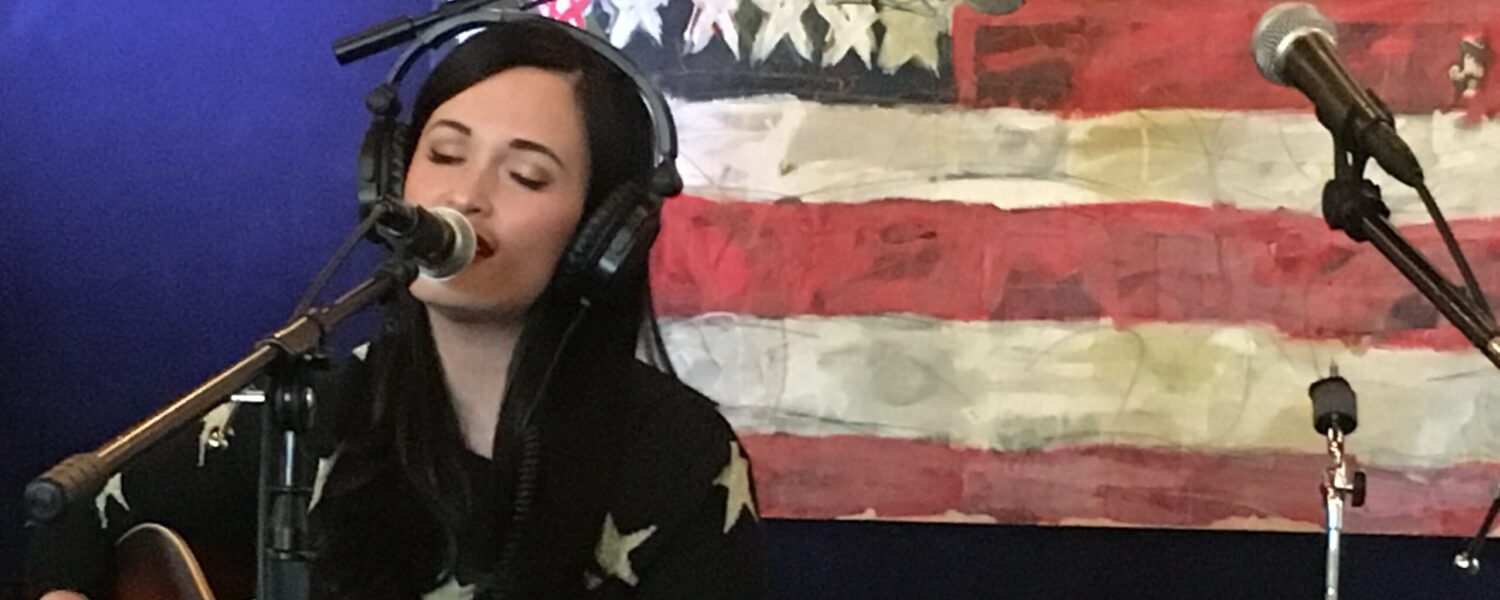By Paul T. Mueller –
It can be tricky to capture the magic of a particular era, or a particular music scene, or a particular venue, but Bruce Bryant was up to the task. Bryant directed and co-produced For the Sake of the Song – The Story of Anderson Fair, a 2010 documentary about Houston’s legendary Anderson Fair Retail Restaurant, better known simply as Anderson Fair. The small club was instrumental in nurturing the careers of such notables as Townes Van Zandt, Lyle Lovett, Robert Earl Keen, Lucinda Williams and Nanci Griffith, whose album One Fair Summer Evening was recorded there in 1988.

The 88-minute film got the big-screen treatment on November 14 at Rice University’s Media Center, about four miles from Anderson Fair, which opened in 1969 in Houston’s eclectic Montrose neighborhood. The club, which began as a restaurant and evolved into a singer-songwriter-focused listening room, remains a mecca for aspiring and established musicians to this day. The free event, sponsored by Rice’s Fondren Library and the Houston Folk Music Archive, was preceded by a reception and followed by a brief performance by singer-songwriter Vince Bell, prominently featured in the film, and a Q&A session with producer-director Bryant.
The enthusiastic audience, most of which appeared old enough to have hung out at the Fair in its early days, braved what was for Houston a chilly and damp Thursday night. Attendees included such notables as James Gilmer, longtime percussionist with Lyle Lovett’s bands and another of the many musicians interviewed in the film; Houston musician and producer Rock Romano, also known as Dr. Rockit; Norie Guthrie, director of the Houston Folk Music Archive; Bill Moore, the film’s editor, and a sizable group of current and former Anderson Fair volunteers.

For the Sake of the Song tells the story of Anderson Fair – named for its two original owners, Marvin Anderson and Gray Fair – with a mix of archival photos and film footage, more recent performance clips, numerous on-camera interviews with musicians, and some original music by Gurf Morlix. Some of those featured in the film – Lovett, Williams, Griffith, Keen and others – are still alive and performing. Others, including Guy Clark, Richard Dobson, Steve Fromholz and Houston folkie Don Sanders, have died since the film was released, adding poignance to their words and images.
The film is more than the story of one music venue, though. At one point, Anderson Fair is compared with the City Lights bookstore in San Francisco, where the Beat poets of the ‘50s hung out, as the epicenter of a community of like-minded people, a sanctuary for the hippies and free thinkers who didn’t feel quite at home in mostly conservative southeast Texas. Things change, of course, and today there’s little left of the funky, bohemian Montrose that gave birth to the club. But Anderson Fair persists, true to its roots and its values (the latter personified by longtime proprietor Tim Leatherwood), and the film’s inclusion of younger artists such as Matt Harlan and Greg Klyma illustrates the continuity of those values.
